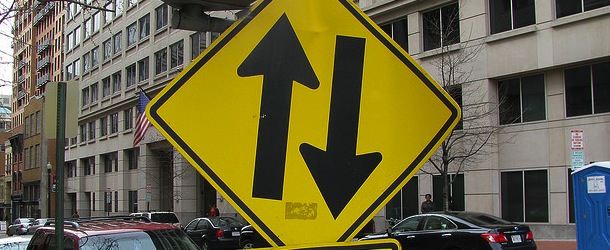It’s been an eventful three weeks or so since the U.S. presidential election took place, that is, if you keep an eye on mortgage rates.
They’ve moved in only one direction since November 8th – up. Way up. Though thanks to their pre-election starting point, they remain historically low and cheap to anyone old enough to remember where they stood a decade ago.
In case you forgot, the 30-year fixed averaged 6.24% in November 2006, per Freddie Mac data, about two percentage points above current levels. So yeah, things are still pretty darn good.
However, because most homeowners these days hold rates that are much lower, the benefits of refinancing have quickly diminished for millions thanks to the recent rate rise.
4.3 Million No Longer In the Money
There are times when it makes sense to refinance your mortgage, and times when it does not, often dictated by prevailing interest rates.
Unfortunately, mortgage rates have risen about a half point since then, more than halving the number of potential refinance candidates, this according to the latest Mortgage Monitor Report from Black Knight Financial Services.
The company said the refinance population dwindled from 8.3 million borrowers pre-election to just 4 million today thanks to a 49 basis point (bps) rise in rates.
That matches the lowest refi population in 24 months, with the most recent low set back in July 2015.
In short, the mortgage rate increase means fewer borrowers can qualify for a refinance thanks to DTI constraints, and fewer will actually benefit from the lower payment, because as noted, many already enjoy ultra-low rates.
This is certainly bad news for mortgage lenders, many of which rely on refinances (as opposed to purchases) for the bulk of their loan origination volume.
It makes new startups like Motto Mortgage look really smart for partnering directly with real estate agents, which happen to focus primarily on home purchase financing.
Still, there are two million borrowers out there (somewhere) who could save roughly $200 per month by refinancing their mortgages, which represents a cumulative $1 billion per month in savings.
Unfortunately, that amount is less than half of the $2.1 billion per month in savings that was there for the taking just before the election.
Equivalent of a $16,400 Home Price Increase
Now let’s talk about home prices, which everyone assumes will just fall now that interest rates have increased.
Black Knight added that the 49 basis point rate rise was the equivalent of home prices increasing $16,400 overnight.
As a result, 21.6% of median monthly income is now needed to purchase the median-priced home in the United States, the highest share since June 2010, at a time when mortgage rates averaged 4.75%, but home prices were 20% cheaper.
The affordability ratio hit a similar point in 2013 when it increased to 21.4%, and annual home price appreciation slowed tremendously, from nine percent to below five percent.
But note that home prices continued to rise, just at a slower pace. Yet still a fast pace, just not the insane pace they were enjoying.
So, to assume home prices will fall because interest rates jumped might be a mistake in judgement. If anything, would-be buyers and fence-sitters could be spurred into action, fearing it could be the last time to get a super low mortgage rate.
That may increase home buying competition in the near-term and keep price appreciation on target. In other words, if you’re waiting for home prices to fall as a result of the rate rise, don’t hold your breath.
Once the recent rate increase is factored in, the national housing payment-to-income ratio is still 10% lower than the benchmark period of 1995-1999, per Black Knight.
Perhaps this hot housing market has a lot more room to run…

